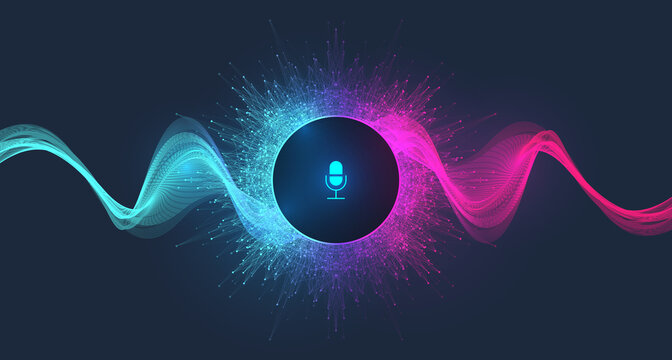
Speach to Text
Speech-to-text (STT), also known as automatic speech recognition (ASR), is a technology that converts spoken language into written text. It enables computers to transcribe spoken words into text format, allowing for easier processing, analysis, and interaction with spoken content.

what is Speach to Text
Audio Input: Speech-to-text systems take in audio recordings containing human speech as
input. This audio input can be captured through microphones, telephones, or other audio
recording devices.
Preprocessing: Before speech recognition can occur, the audio input is typically
preprocessed to enhance its quality and remove noise. Preprocessing techniques may include
filtering, noise reduction, and normalization to ensure accurate transcription.
Feature Extraction: The preprocessed audio signal is then transformed into a sequence of
feature vectors that represent acoustic properties such as frequency, amplitude, and
duration. Common techniques for feature extraction include Mel-frequency cepstral
coefficients (MFCCs), spectrograms, and linear predictive coding (LPC).
Acoustic Modeling: In this step, the speech signal is matched against acoustic models, which
represent the statistical relationship between the extracted features and phonemes (the
basic units of sound in a language). Acoustic models can be based on Hidden Markov Models
(HMMs), deep neural networks (DNNs), or hybrid approaches.
Language Modeling: Once phonemes are identified, language models are used to determine the
most likely sequence of words that match the phonetic transcription. Language models capture
the syntactic and semantic structure of language and help to disambiguate between words with
similar acoustic representations.
Decoding: The recognized phonetic sequence is then decoded into words using language models.
This process involves selecting the most probable word sequence based on the acoustic and
language model probabilities.
Output Text: Finally, the recognized words are converted into written text, producing the
transcribed output of the spoken input
OpenAI is an artificial intelligence research laboratory focused on advancing the field of artificial general intelligence (AGI) while ensuring that its benefits are shared fairly among humanity